Optolong L-Quad Enhance Filter Deep Sky Review by Astrophotographer Loan Nemes
Optolong L-Quad Enhance Filter Deep Sky Review
Credit: Loan Nemes (Romania)
►Reflection, Dark & Emission Nebula
I Tested the L Quad Enhance Filter on the LDN1235, & PGC67671 Galaxy. Also called the Shark Nebula, the LDN1235 is a dark/reflection Nebula in the constellation Cepheus very difficult to image. I used long exposures of 10 minutes to get a good SNR and see how well the filter will perform from a medium to low light-polluted sky, Bortle 4-5 Here we will be able to check the sky contrast, the stars, and how good the reflection and dark nebula are visible in the image. We can observe very clear also the dark nebula clouds, and the blues from the reflection nebulosity that blends in very nicely with the dark nebula, we can see a lot of details in the clouds and a sharp capture of the PGC67671 Galaxy, where we can observe also the spiral arms of this distant galaxy. The stars looked very good, no hallos visible.
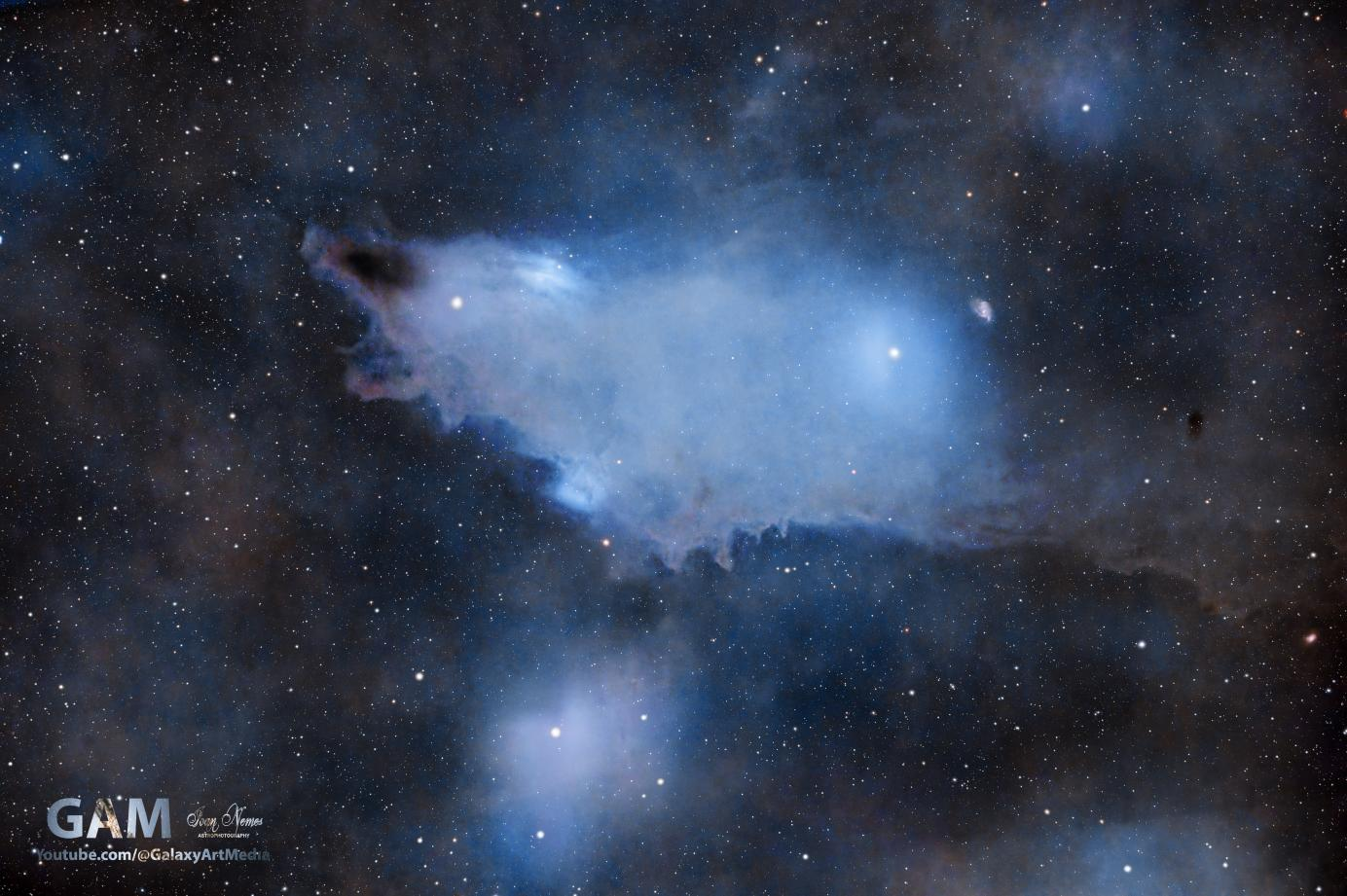
For this project I selected the best images(10 hrs) from the 3 nights of imaging: 16-18.10.2023
Integration time: 60x600s (10 hrs integration) Filter: Optolong L quad Enhance
Telescope: Tecnosky 70/420mm Triplet Refractor reduced by 0.85 at 360mm Focal Length, F/5 Imaging Camera: Altair 26c Hypercam Color, Temperature -10 Celsius, bortle sky 4/5
Under dark sky on Reflection & Dark Nebulas, & Galaxies. Usually, the best results are obtained by not using filters and getting the maximum amount of signal. Comparing single exposures in less light pollution sky, with the l quad, and without filters, at 10 minutes exposures the differences were small, with a small increase of signal in the image with no filter, which makes me conclude that the quad enhance filter will perform best on this deep sky objects starting from Bortle sky 5 and above, or imaging with the Moon in the sky, and will give you better results, compared with no filter.
Things change when we image emission nebulas Or emission with reflection nebula. For this test, I selected the Orion Nebula M42 having in the field of view a reflection nebula called the Running Man Nebula. Here we have a clear advantage of using the L Quad Enhance filter even on darker sky. We will lose some signal on the reflection nebulosity and background starlight but not so much, and in return we gain much more contrast on the emission nebula, which makes the Quad enhance filter the Best Choice for Orion nebula and Running Man from dark sky up to heavy light polluted sky Bortle 2-8. We can see in this image very good contrast on both nebulas, reflection, and emission, especially the Ha light that glows in the Orion Nebula, Messier 42. Also, dark nebula clouds are visible in the background in this short plan of 20 min integration time

M42 10x120s, L Quad Enhance Filter, Tecnosky 70/420 0.85x reducer 360mm f5, Altair 26c Hypercam
Also, we do not see any Hallos around bright stars. The same good results on the bright star Alnitak.
Here we have a very bright star, called Vega, a single exposure 180s F5 360mm cropped
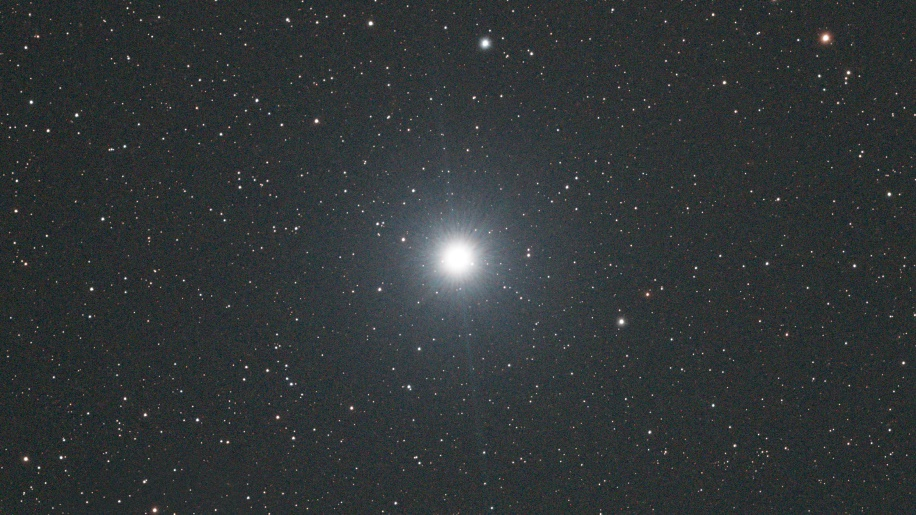
►Galaxies & Star clusters
I think the L quad Ehnace is the best filter for Galaxies i have tested so far. It will perform best on Bortle 5 to 8 sky
Let’s see the Results I obtain using the L Quad filter on M33 Triangulum Galaxy and Andromeda M31.
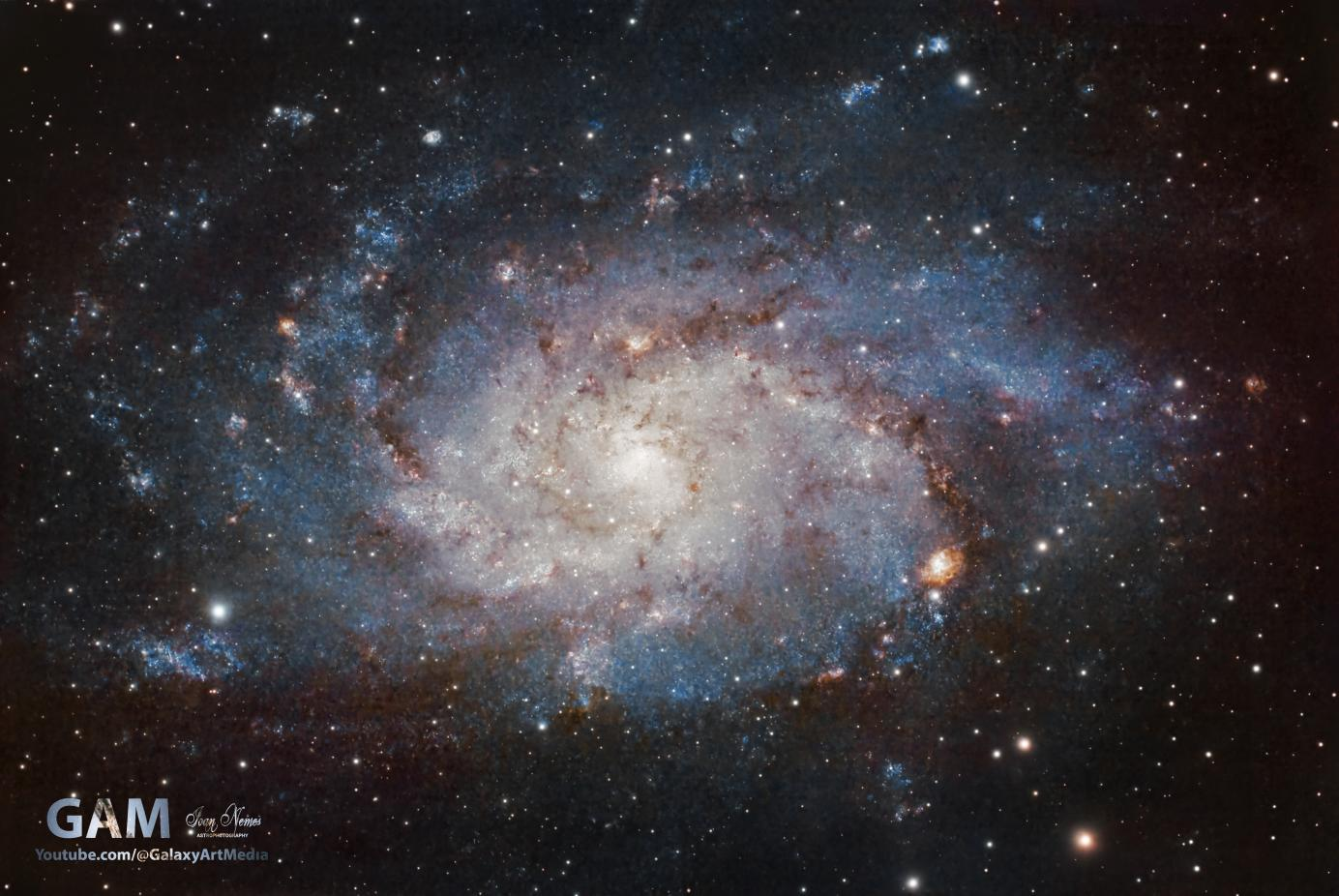
I captured the Triangulum Galaxy, M33 using a longer focal length of about 1650mm with 7 hours integration time. using the New Optolong Quad Enhance filter. After processing the image I was very excited about the results. We can see a lot of details in the spiral arms, from the edges up to the center, along with many star clusters and beautiful nebulae. We can also see very good the Ha emission nebulas, especially the Large Nebula NGC 604, where some very hot young stars are also visible. I think using the Quad Enhance filter helped obtain better contrast on these far-away emission nebulas.
Processing: Siril, Pixinsight, BlurXterminator, NoiseXtermiantor, StarXtermiantor, Photoshop. Reprocessed in 19.12.2023
Equipment:
Camera: Altair 26c Hypercam Tec Cooled, -10 degrees CelsiusTelescope: Skywatcher Skymax 127/1500mm, at 1630mm focal length f/13 Filter: Optolong L Quad Enhance 2 ''Mount: Skywatcher Eqm35 pro GotoAutoguider 52/190mm and guiding camera zwo 120 MMAutofocuser: Zwo Eaf Autofocuser and JMI Event Horizon Robotic Telescope FcoserMini Pc
Captured with Nina, on 10.10.2023, Romania, Transylvania region, Bortle Sky 4Total integration time 7 hours35x360s,66x120s,66x60sCapturing & Processing: Ioan Nemes
This is my capture with Andromeda Galaxy captured using Optolong L Quad filter.
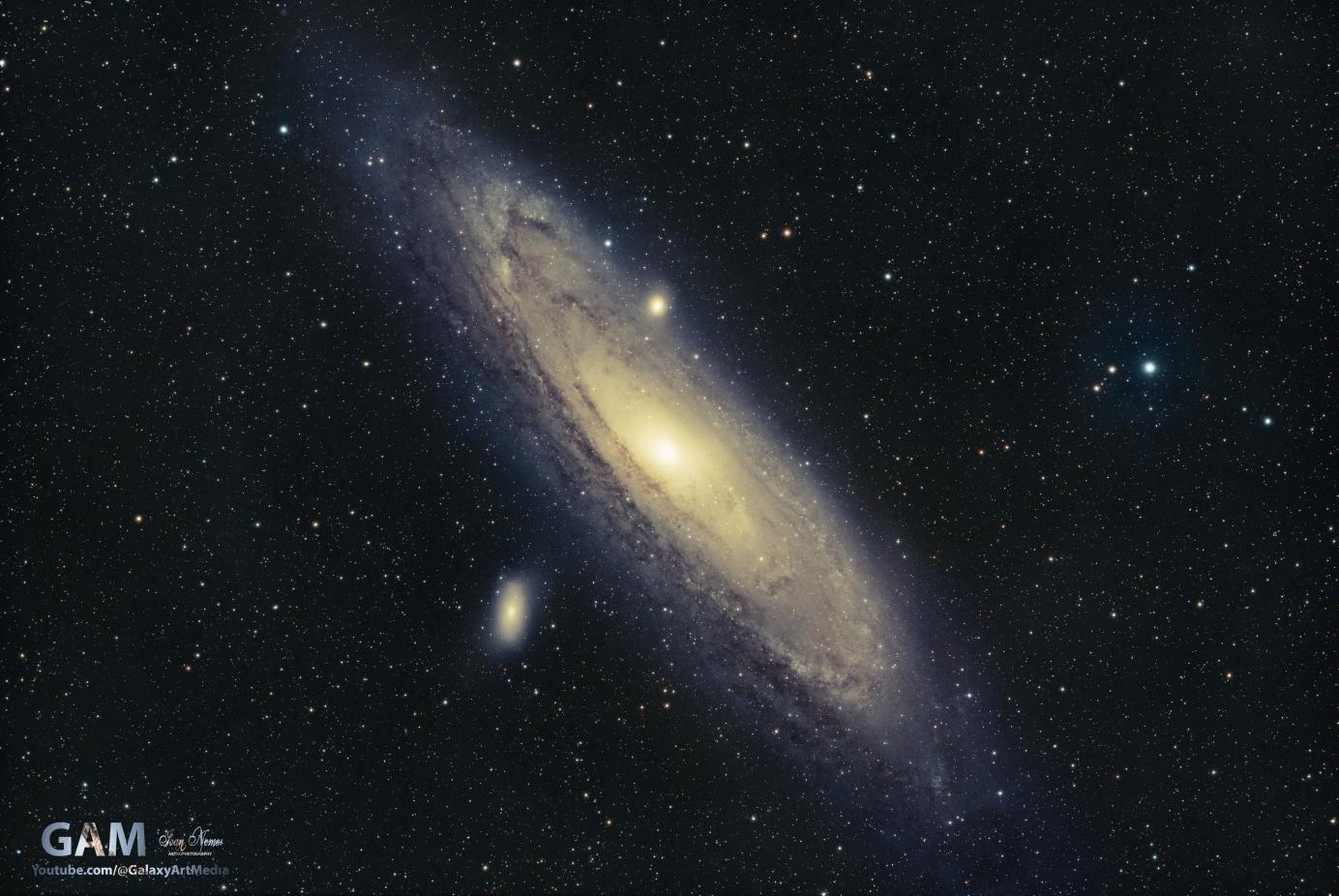
13x600s, Tecnosky 420mm. 0.85 reducer, Focal length 360mm F/5, Processed Siril & Pixinsight, Photoshop and captured with Nina
I decided to go with a long exposure Astrophotography plan of 13x600s, to test how the l quad will perform on long exposures.
This Image shows star clusters, nebulae, and dust lanes in the Andromeda Galaxy.
Another amazing result using the Quad Enhance filter. We have a good quality image with a good color balance that was obtained easily since the filter does not produce any color cast like other light pollution filters do. We can see also a lot of details in the spiral arms and beautiful stars. Looking at the bright star on the right, we do not see any strong halo.
I Was very impressed with the results I obtained so far using the Optolong Quad Enhance, a good quality filter that exceeded my expectations.
When I tested the Quad filter on star clusters, I was impressed with the results, we have natural star color, no color cast, good-looking stars, and less light pollution in the image.
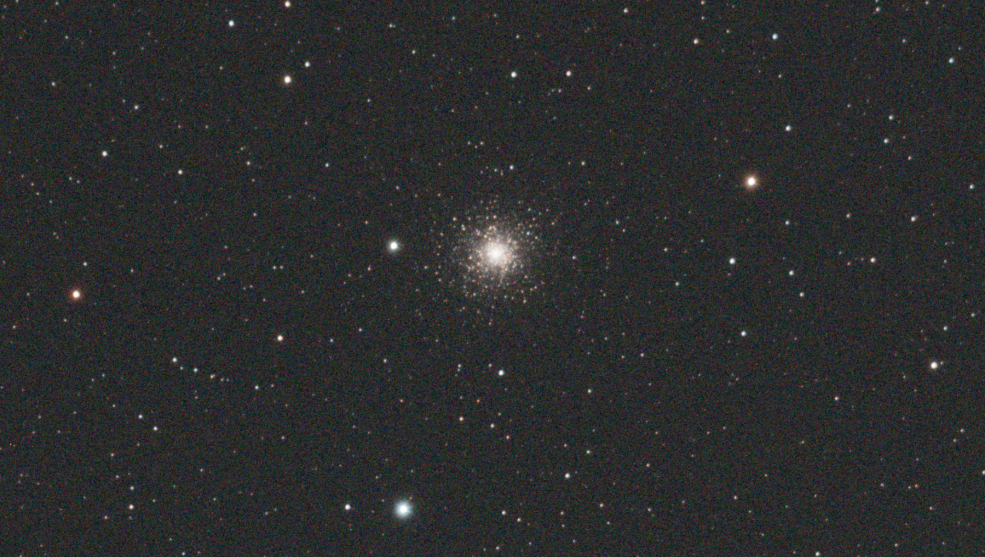
In the next part, I will show the results obtained with the L- Quad Enhance Filter, in a more light-polluted sky.
►Optolong L quad Enhance filter review under Full Moon and severe light pollution
I tested the Optolong L Quad Enchance filter first under Full Moon to see how this filter would perform on higher levels of light pollution and handle the Moon light pollution gradients.
For this test, I selected Andromeda Galaxy M31, Messier 13, M45, and Messier 42 the Grand Orion Nebula.
This is a short image stack of 32 min integration with Andromeda Galaxy captured with the Full Moon
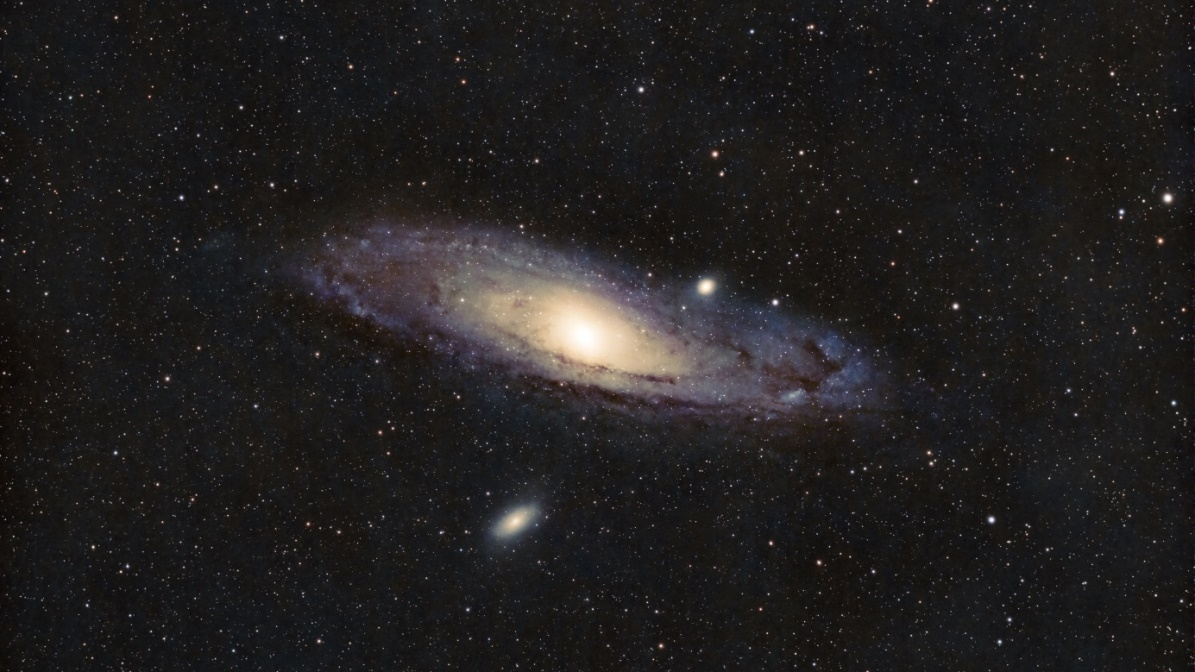
M31 16x120s under Full Moon with L Quad Enhance filter
I took two sets of exposures for each of the dso mentioned above without any filter and with the L quad fitler on, to see what will be the difference that this filter will make.
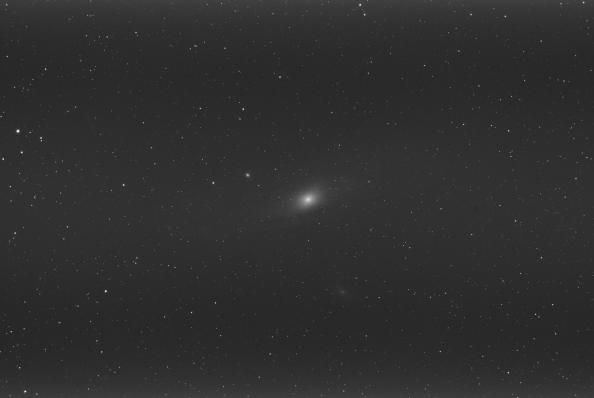
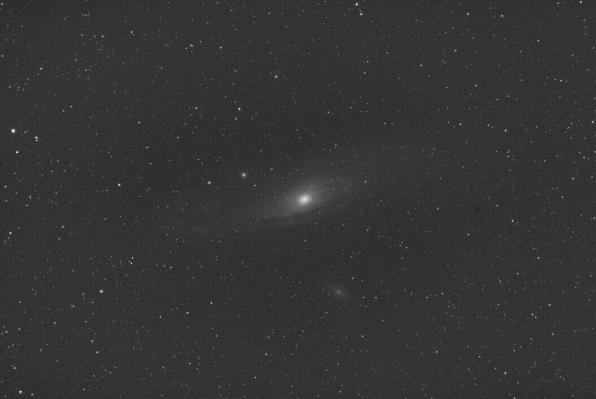
Single Exposure No Filter Single Exposure Optolong L Quad Enhance
I made these astrophotography plans one after another, but because the Moon was rising and getting closer to the DSO objects I had more light pollution in the sky when using the l quad enhance filter. As you can see in the image results, the captures taken with an L Quad filter have less light pollution gradients and better contrast even if they were taken with the Moon higher in the sky and having more light pollution
I took these astrophotography plans one after another, but because the Moon was rising and getting closer to the DSO objects I had more light pollution in the sky when using the l quad enhance filter.
Orion Nebula 10x180s Full Moon, L Quad Enhance
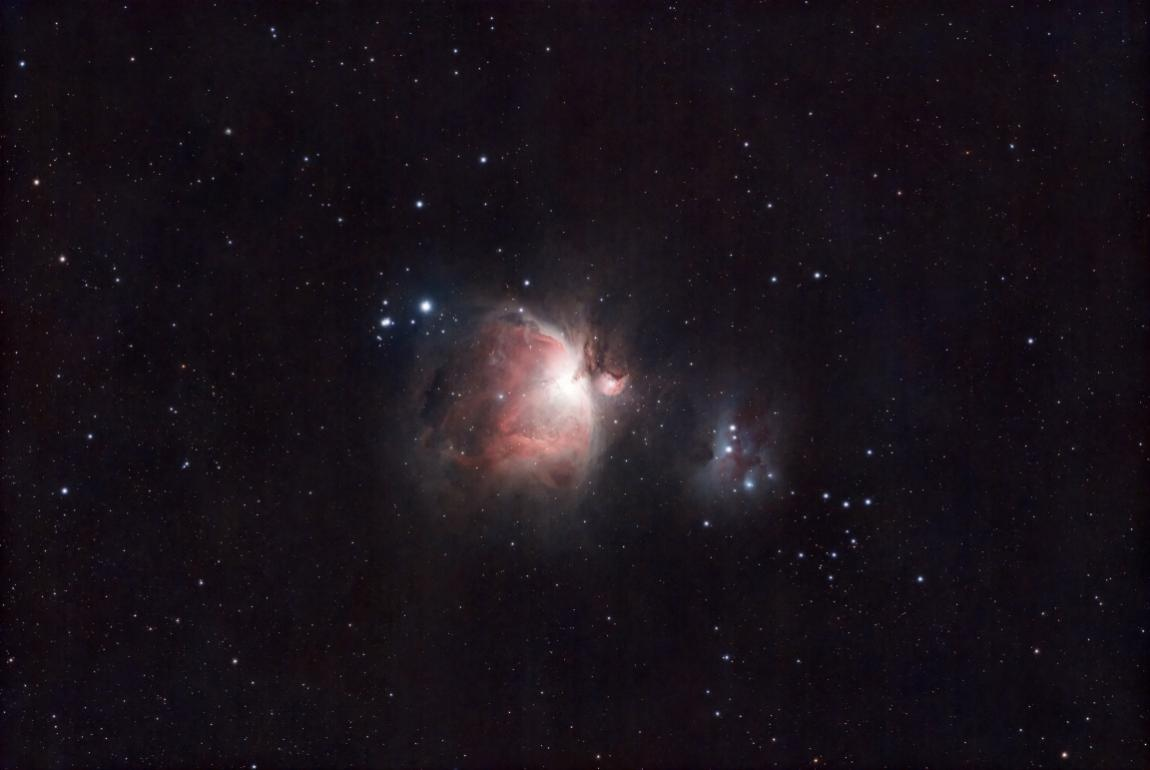
The Quad Enhance filter allowed me to obtain excellent results even with the Full Moon in the sky, and this was a pleasant surprise,
I was impressed with the results that I obtained using the Quad Enhance filter, the images had very good color balance without any color tint visible, good-looking stars without any harsh hallos, and retained most of the starlight while removing a lot of light pollution from the images.
After doing all these tests I have to conclude that the Optolong L Quad filter is one of the Best filters I have tested so far, and is a filter that I do recommend.
Equipment
Telescope1 Tecnosky 420mm 0.85 reducer, Focal length 360mm F/5,
Telescope2 Skymax127/1500mm
Mount Skywatcher eqm35 pro, Autoguider, zwo eaf (autofocuser).
Location, Transilvania, Romania, Bortle sky 4.
Processed Siril & Pixinsight, Photoshop and captured with Nina
Credit: Credit: Loan Nemes (Romania)



